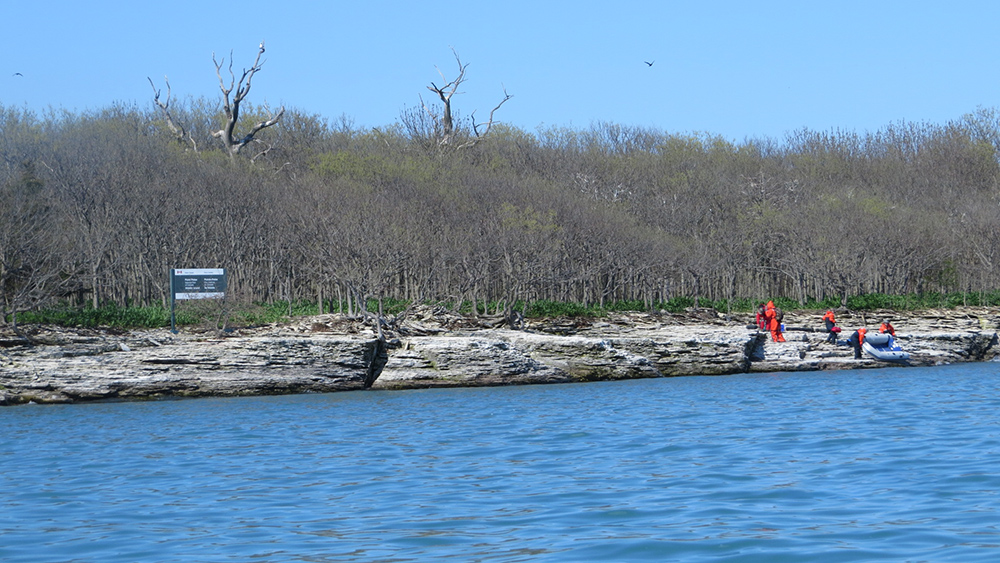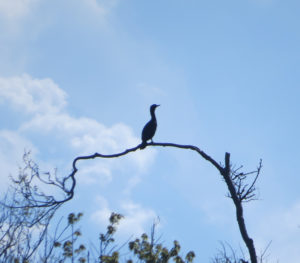The first time I saw Middle Island, an 18 hectare island and the southernmost land owned by Canada, just a few yards from the American border in the middle of Lake Erie, it was a vibrant, noisy, place filled with nesting birds who habitually share large, mixed colonies. These included double-crested cormorants, herring gulls, great blue herons, black-crowned night-herons, and great egrets, plus families of Canada geese, some mallards, and glittering tree swallows. Ospreys flew over, blackbirds came and went, and I could hear a cardinal singing. For me, a nature-lover with a passion for birds, it was a joyous sight.
But then, the shooting started.
That was quite a few years ago, and I’ll try to briefly explain the reason for the bloodshed in a moment.
The last time I saw Middle Island was early May and I was dismayed that the bird colony is a shell of its former self, with acre after acre depopulated of cormorants and co-nesting species that were once in such exuberant abundance. White pelicans, recognized as a species at risk in Ontario, are being kept from nesting there.
It is as if an invading army had marched most of the length of the island killing with cold efficiency as they progressed, and that is essentially happened – and is again happening this year as I, as I’ve so often done, sat anchored offshore. Apart from being ordered to stay put to avoid stray bullets (or photograph the actual shooting), it is illegal for me to step shore because – and I know this makes no sense – during the nesting season Middle Island is a designated bird sanctuary, and part of Point Pelee National Park, world famous among birders, who are restricted to the mainland, from which distant Middle Island is barely, if at all, visible. The shooters are Parks Canada employees.


Such threats to some plants, like exotic insect pests, hybridization with non-native related plants, and displacement by non-native weeds such as garlic mustard, have nothing to do with cormorants, and still cormorants are killed and other birds driven away. There’s more going on, as I will explain in my next blog. Stay tuned…
Keep Wildlife in the Wild,
Barry
